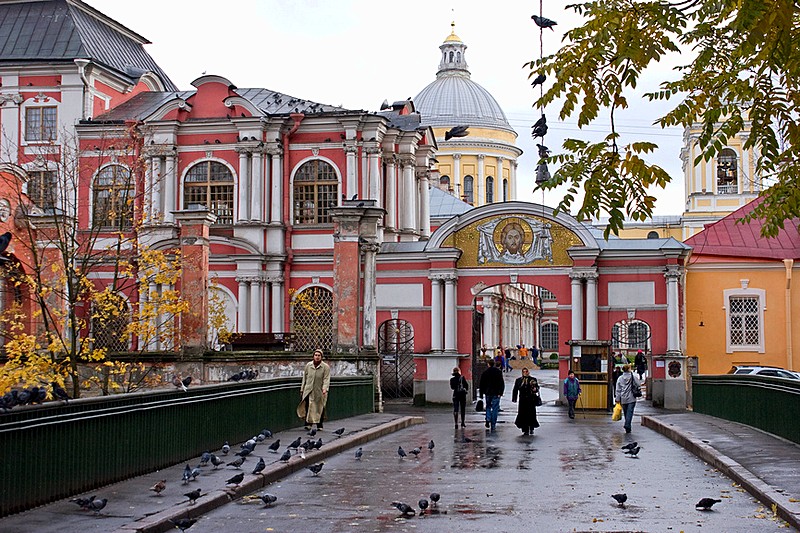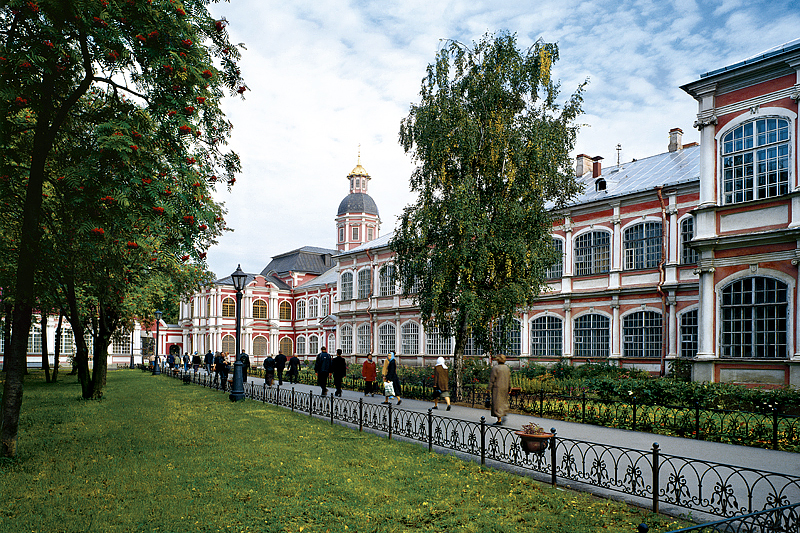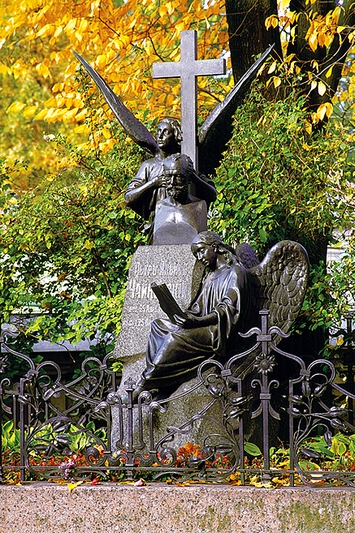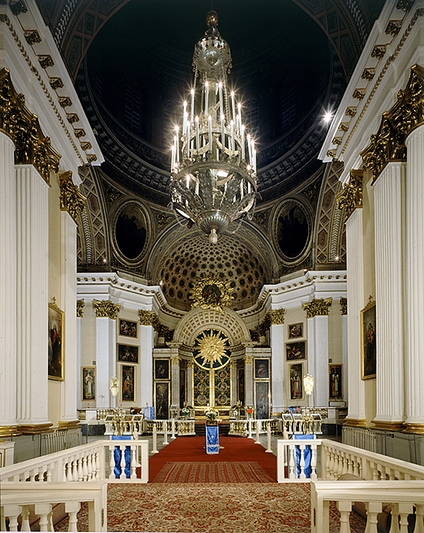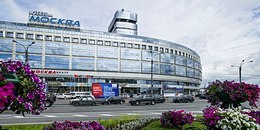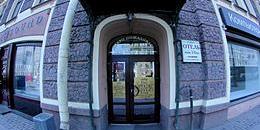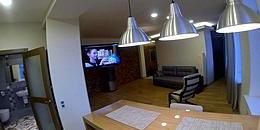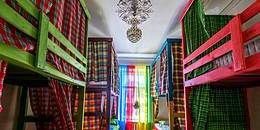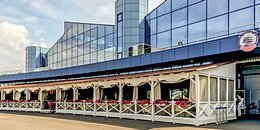Alexander Nevsky Monastery
The monastery was founded in July 1710 - seven years after the foundation of Petersburg - by Peter the Great near to the spot where contemporary Swedish maps showed the Swedish fort Landskrona had stood. (This was during the Northern War between Russian and Sweden, so it was a symbolically important location - especially as it had been sacked in 1301 by an army from Novgorod under Prince Andrei, son of legendary Russian leader Alexander Nevsky, during a previous war!) In 1712, the first church was built, in wood, on the site of the future monastery, and consecrated in Peter's presence on March 25, 1713. The monastery began working shortly afterward.
In 1724, a new church, designed by Italian architect Domenico Trezzini, was consecrated. The new church was named for Alexander Nevsky - considered a saint by the Russian Orthodox Church - whose remains were brought to the church from the ancient city of Vladimir, in a journey that took several months. The day the remains were moved into the new church was celebrated each year as a holiday.
In 1750 Empress Elizabeth ordered that a silver shrine be built to shelter the holy remains. The shrine - using an incredible one and a half tons of pure silver - was decorated with symbols of the famous Battle on the Ice fought on Lake Peipus in 1242 and other of Alexander's victories. The shrine was moved to a new cathedral in 1790, and in 1797 Emperor Paul gave the monastery its current rank - the highest in the Orthodox hierarchy - and name: the Alexander Nevsky Monastery of the Holy Spirit.
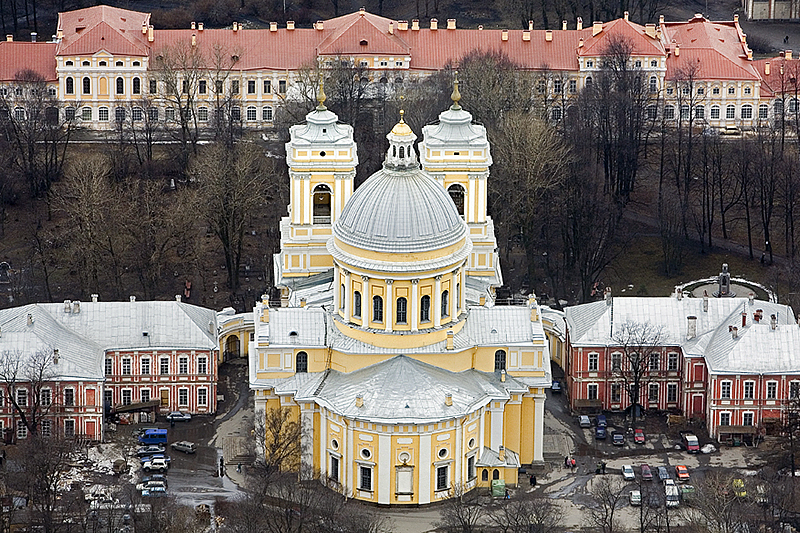
By the beginning of the 20th century the territory of the monastery complex was home to an impressive 16 churches. Today, only five survive: the Holy Trinity Cathedral, the Church of the Annunciation, the Church of St. Lazarus, the Church of St. Nicholas, and the Church of the Holy Mother of God, the Joy of All Those who Mourn, which is over the monastery gates.
Like many centers of Orthodoxy the Monastery suffered at the hands of the Revolution. Happily, though, much has survived, and restoration work has been ongoing in recent years.
In January 1918, the Bolsheviks attempted to seize the monastery and its valuables, but were driven off by determined church-goers, summoned by the ringing of the monastery's bells. However, the monastery was closed shortly afterward, and robbed and looted of its valuables.
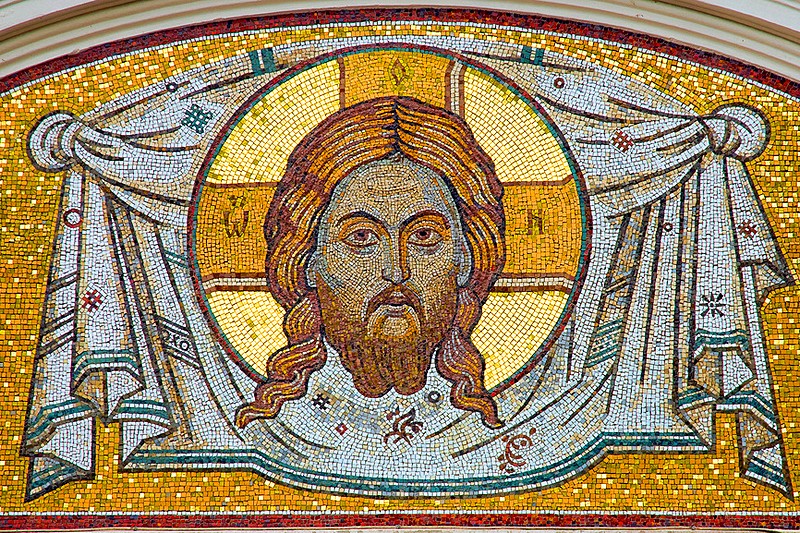
From 1931-36 all of the churches and cathedrals within the monastery were closed, and in 1932 the Museum of City Sculpture was organized on part of the monastery's territory. The remaining space was turned over to the city government, which soon distributed it to various different institutes, offices and warehouses.
After a number of petitions from local believers, Holy Trinity Cathedral was returned to the Orthodox Church in 1955. However, the destruction of church buildings and monastery graveyards continued, and trading in graves continued well after 1959, when it was officially banned. Services began in the Church of St. Nicholas - located in the graveyard behind Holy Trinity Cathedral - in 1985. On June 3, 1989, the remains of Alexander Nevsky were moved back to the Cathedral from the Museum of Atheism which had been opened in Kazan Cathedral, and in the early 1990s the monastery was the center of celebrations of Alexander's life and heroic deeds.
For many visitors one of the major attractions is the monastery's graveyards, home to the final resting places of many of the great names of Russian culture. The Tikhvin Cemetery contains many of the most famous graves: In the far right-hand corner from the gate is an impressive bust of Tchaikovsky over his grave, while close by are Rubinshtein, Mussorgsky, Rimsky-Korsakov and Glinka. Dostoevsky lies further back along the wall, towards the gate. The other main cemetery, the Lazarus Cemetery, is the resting place of several of the great architects who left their indelible mark on the city, including Starov, Quarenghi and Rossi.

